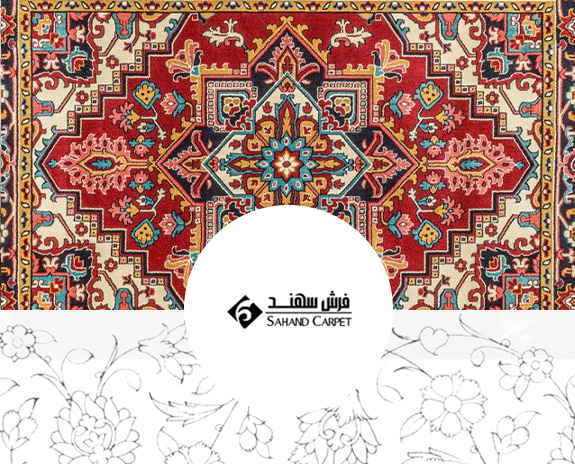
Sahand Carpet Company
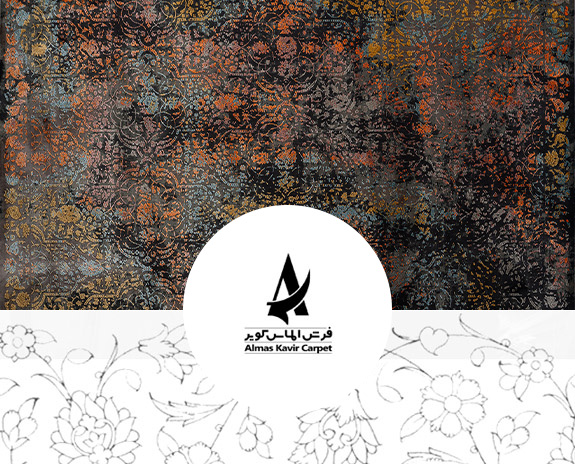
Almas Carpet Company
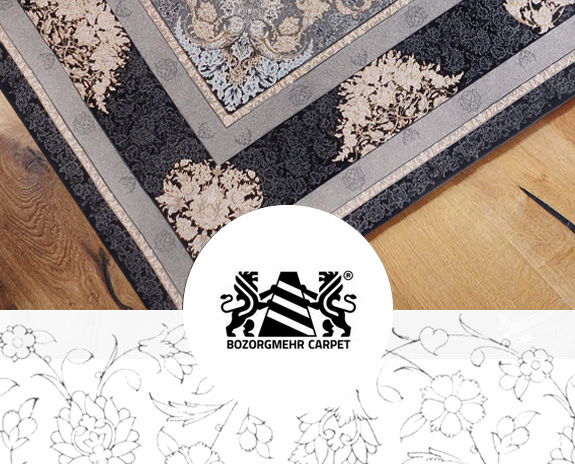
Bozorgmehr Carpet Company
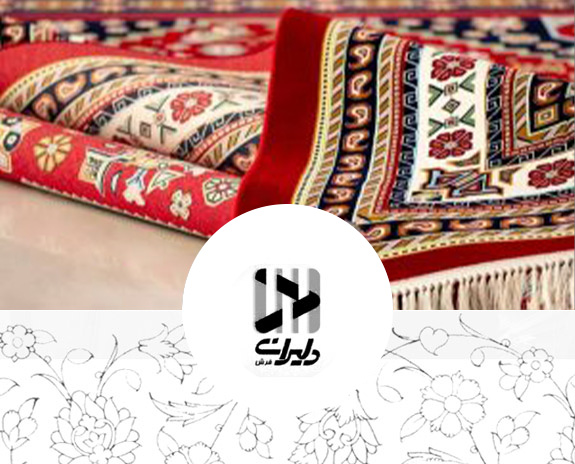
Daliran Carpet Company
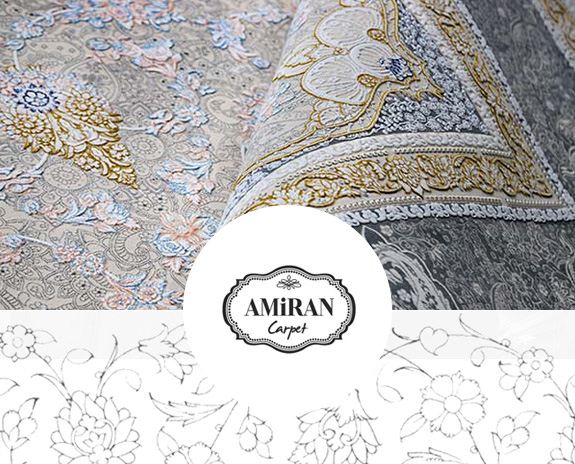
Amiran Carpet Company
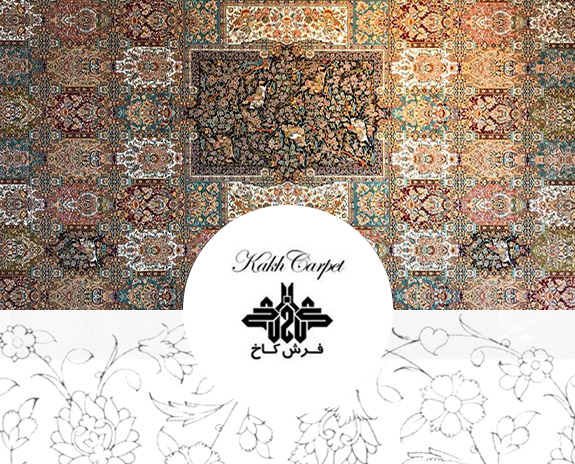
Kakh Carpet Company
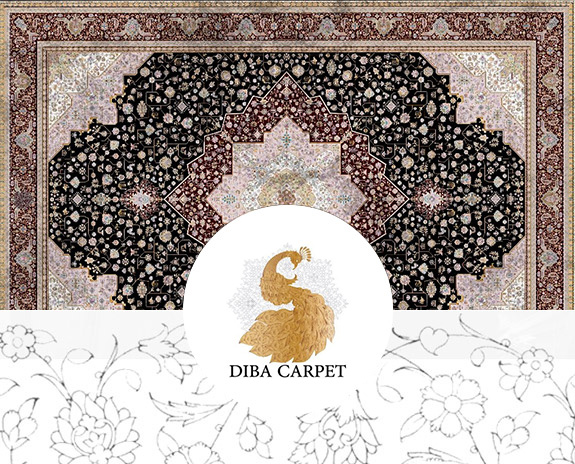
Atlas Diba Carpet Company
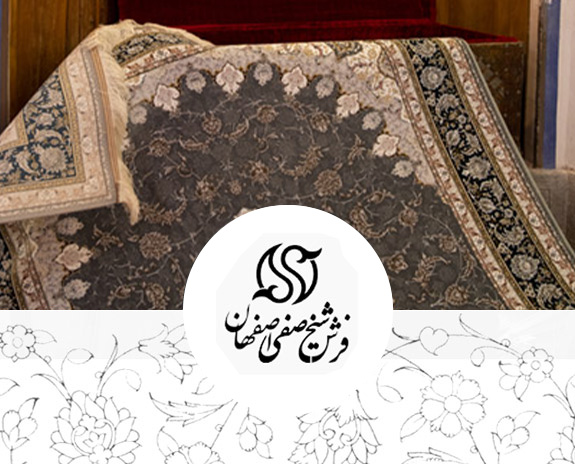
Sheikh Safi Carpet Company
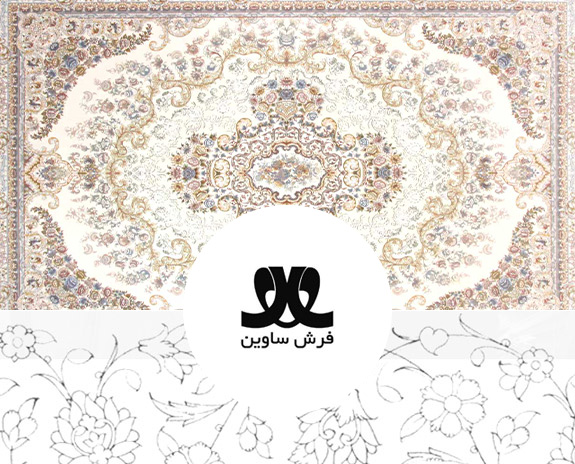
Savin Carpet Company
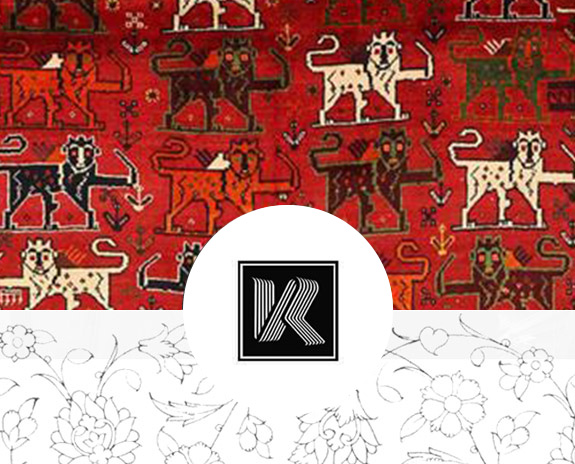
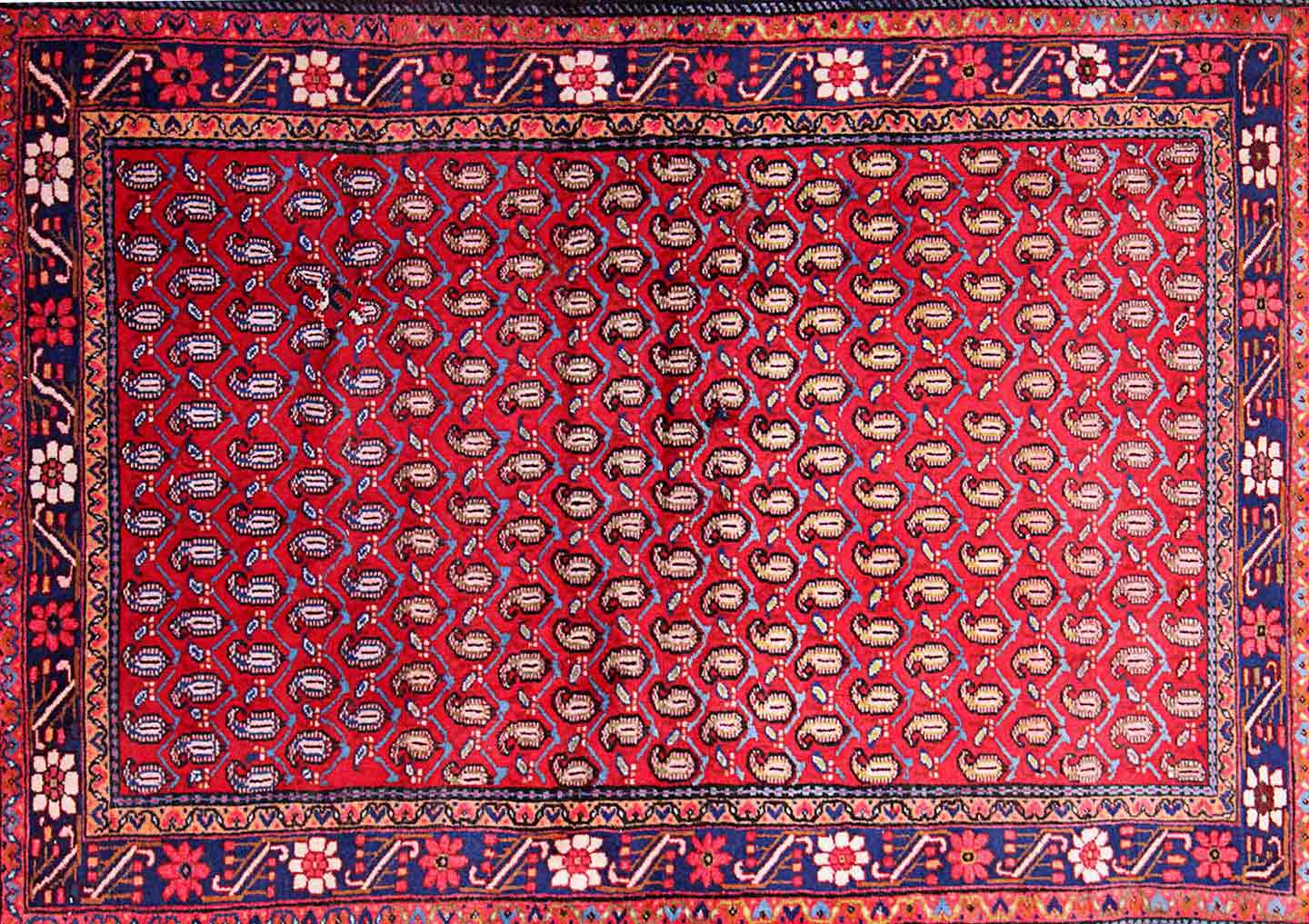
✔ Burchalow, Enjilas, Hosseinabad, Lilihan, Khamse, Zanjan, and Malayer carpets are examples of Hamadan rugs.
✔ Synthetic colors and less fine wool are common in newer carpets (made after 1960). Dozar and Zaronim are the most prevalent sizes (approximately 200x120 cm and 150x100 cm).
✔ Previously, all rugs woven in this region include hand spun yarn, but the industrially manufactured yarn is increasingly utilized for more cost-effective carpets. In some circumstances, the yarn is dyed with less intricate colors.